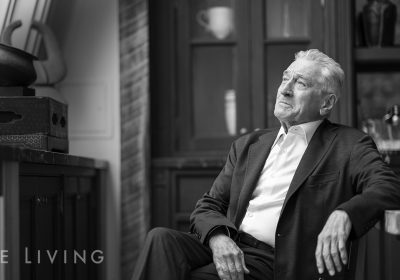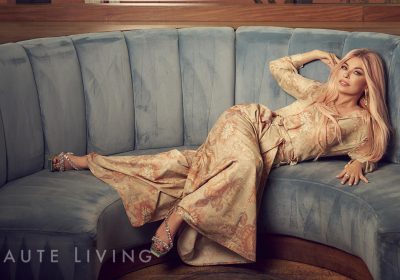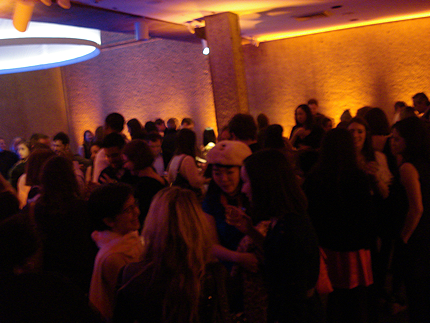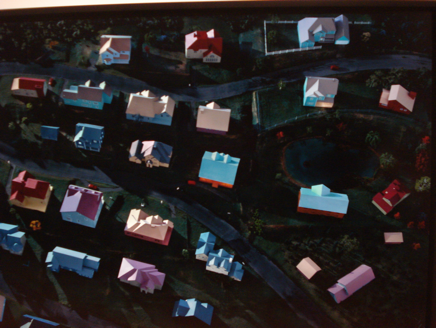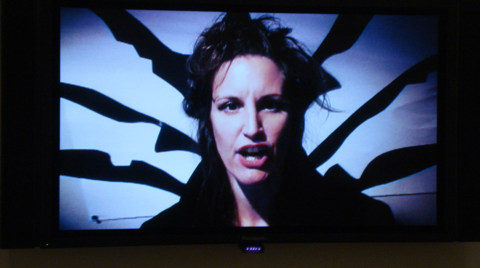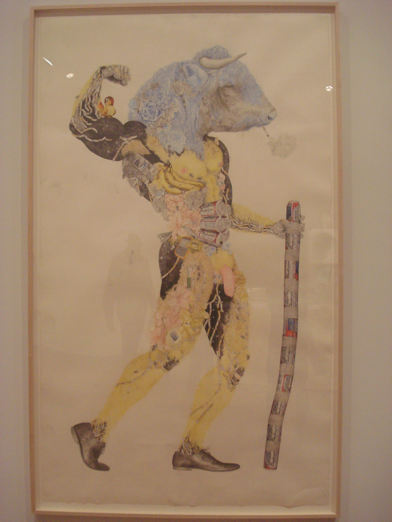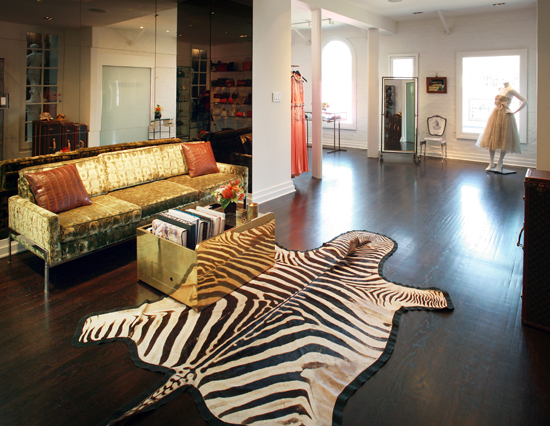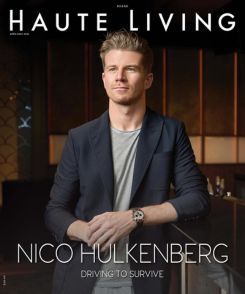The 2010 Whitney Biennial opened with a bang. Hundreds of people were gathered inside the museum and hundreds more were lined up outside—despite the rainy weather—like a scene outside of 1Oak or Avenue. An open bar, hot beats from DJ She-Rock, and blue and yellow mood lighting greeted those fortunate enough to make it inside.
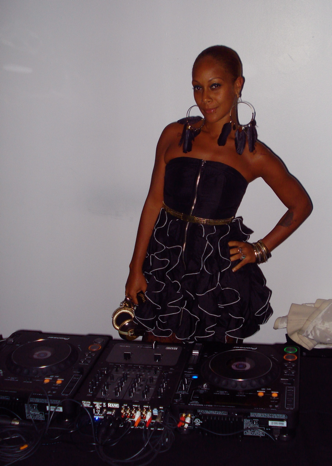
The 2010 Biennial brings together artworks in different mediums, representing the current status of contemporary American art. Although the exhibit is smaller this year than in the past, with 55 artists from around the country, the downsize created the perfect spotlight for the featured artists to shine.
Francesco Bonami, who was the first U.S. citizen to curate the Venice Biennial, and Gary Carrion-Murayari, who at 28, is already a senior curatorial assistant at the Whitney, curated this year’s show.
It was a night for artists to see and be seen. I was amused to find Isabelle Collin Dufresne, aka Ultra Violet, admiring fellow artist Pae White’s spectacular tapestry titled Smoke Knows. For those of you who don’t know, Ultra Violet was one of Andy Warhol’s superstars, named after her violet colored hair. NYC social fixture and artist Anh Duong was amongst the creative crowd, in her usual chic flair, pondering the paintings.
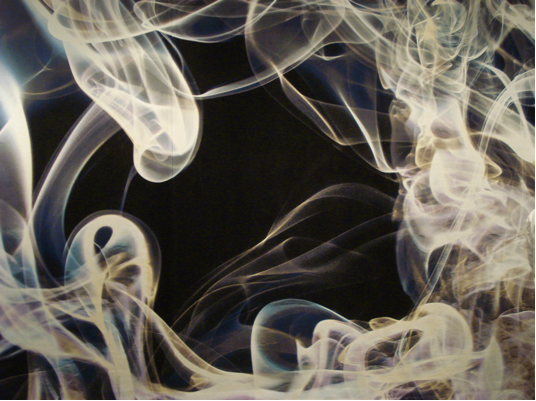
On the invitation, the suggested attire was “festive,” which unfortunately seemed to be ignored by most attendees, who appeared too cool for the dress code. Fortunately, the artwork provided a feast for the eyes and senses. This year marks the 75th edition of the Whitney’s signature exhibition, established in 1932 by Gertrude Vanderbilt Whitney. This year’s exhibition was a tribute to American art today, which is alive and well at the Whitney.
My personal favorites included:
Landscape with Houses (Dutchess County, NY) #2 by James Casebere, a Michigan artist based in New York. The photograph is surreal and looks like a painting, because Casebere constructs a scene by creating tabletop models with unassuming materials and carefully manipulates the lighting before photographing. Devoid of any human presence, and with the dominating hues of red, white, and blue, the piece is reflective of the current housing crisis in this country.
Patron by Marianne Vitale, a born and bred New Yorker, was a video piece featuring the artist against a hostile background, giving offensive orders to her audience. The performance satirizes authoritative manners in an avant-garde way, and was very gripping.
Master of the Universe: FlexMaster 3000 by Aurel Schmidt, a New York-based artist originally from British Columbia, depicts the Minotaur, a mythic creature representing creation and destruction. However in this illustration, he is composed of beer cans, flowers, money, a blackberry, condoms, cigarettes, and other paraphernalia. The complex drawing questions today’s societal conventions.






